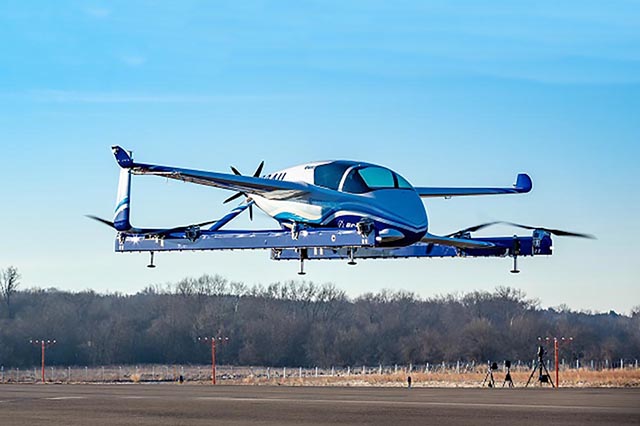Urban air taxis, eVTOL aircraft, call them what you will – there seem to be hundreds of different designs currently in development.
Now, hot on the heels of Bell’s unveiling of its Nexus urban air taxi at the beginning of January, Boeing has performed a first flight of its eVTOL prototype.
Airbus Helicopters, too, is shortly due to perform a maiden sortie of its City Airbus design.
In the future, or so proponents say, there will be thousands of these air vehicles in operation, whisking passengers and goods across gridlocked cities.
But challenges abound. Last year, a NASA study identified that advances were needed in autonomy, detect-and-avoid systems and noise management technology to enable any widespread uptake.

Boeing
Governments will also need to develop new sets of regulations to oversee the emerging industry.
And that is not to mention recruiting and training the thousands of pilots that will initially be required.
None of these are insurmountable obstacles, and the rapid pace of development is undeniable.
For all that, though, predictions that we will all be in flying cars by the middle of the next decade seem ridiculously optimistic. Besides, no-one has yet been able to adequately answer how the industry will cope with the reputational fallout when a fatal accident eventually happens in a high-profile location.
Source: Flight International


























